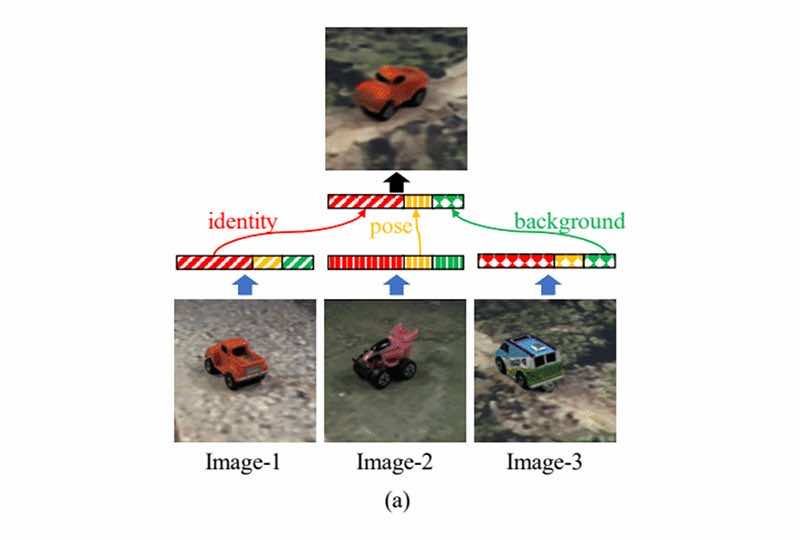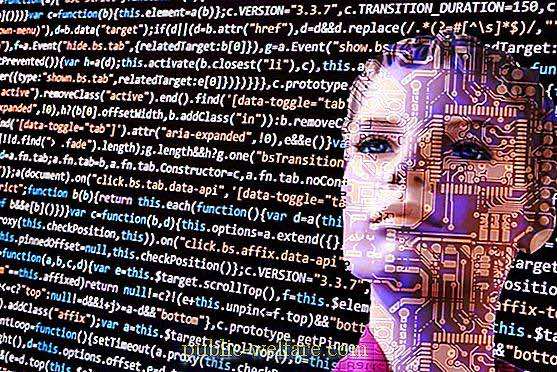AI can most certainly do anything and everything that is asked out of it. For example, winning poker games, chess, creating faces that don’t exist and driving for miles most efficiently. Even so, what AI lacks is the sense of imagination.
For instance, in humans, you tell a human being once that what is a dog or a house or a horse, the human mind can comprehend it in different colours and forms. Scientists are now working on building the same capacity in AI so that they might be able to imagine without seeing.

“We were inspired by human visual generalization capabilities to try to simulate human imagination in machines,” says computer scientist Yunhao Ge from the University of Southern California (USC).
“Humans can separate their learned knowledge by attributes – for instance, shape, pose, position, colour – and then recombine them to imagine a new object. Our paper attempts to simulate this process using neural networks.”
Extrapolation might be the key here, where a large database of pictures, sounds etc. are incorporated in the database. The AI then sifts through this database and might be able to move on to the unseen, imaginative versions of a certain object, thing or creature. Controllable disentangled representation learning is also being assessed here for developing imaginative skills. It is the same technique used in deep-fakes.
If everything pans out as planned, the AI will see a red bike and a blue car, even if the AI has only seen a blue bike and a red car. This phenomenon is known as Group Supervised Learning.

“This new disentanglement approach, for the first time, truly unleashes a new sense of imagination in AI systems, bringing them closer to humans’ understanding of the world,” says USC computer scientist Laurent Itti.
The same approach could also be applied in the fields of medicine and self-driving cars, the researchers say, with AI able to ‘imagine’ new drugs or visualize new road scenarios that it hasn’t been specifically trained for in the past.

This method is also poised to be a breakthrough development in medical science. AI will assess the situation and make decisions based on wide-ranging scenarios and find the cure using Group Supervised Learning.
“Deep learning has already demonstrated unsurpassed performance and promise in many domains, but all too often this has happened through shallow mimicry, and without a deeper understanding of the separate attributes that make each object unique,” says Itti.


